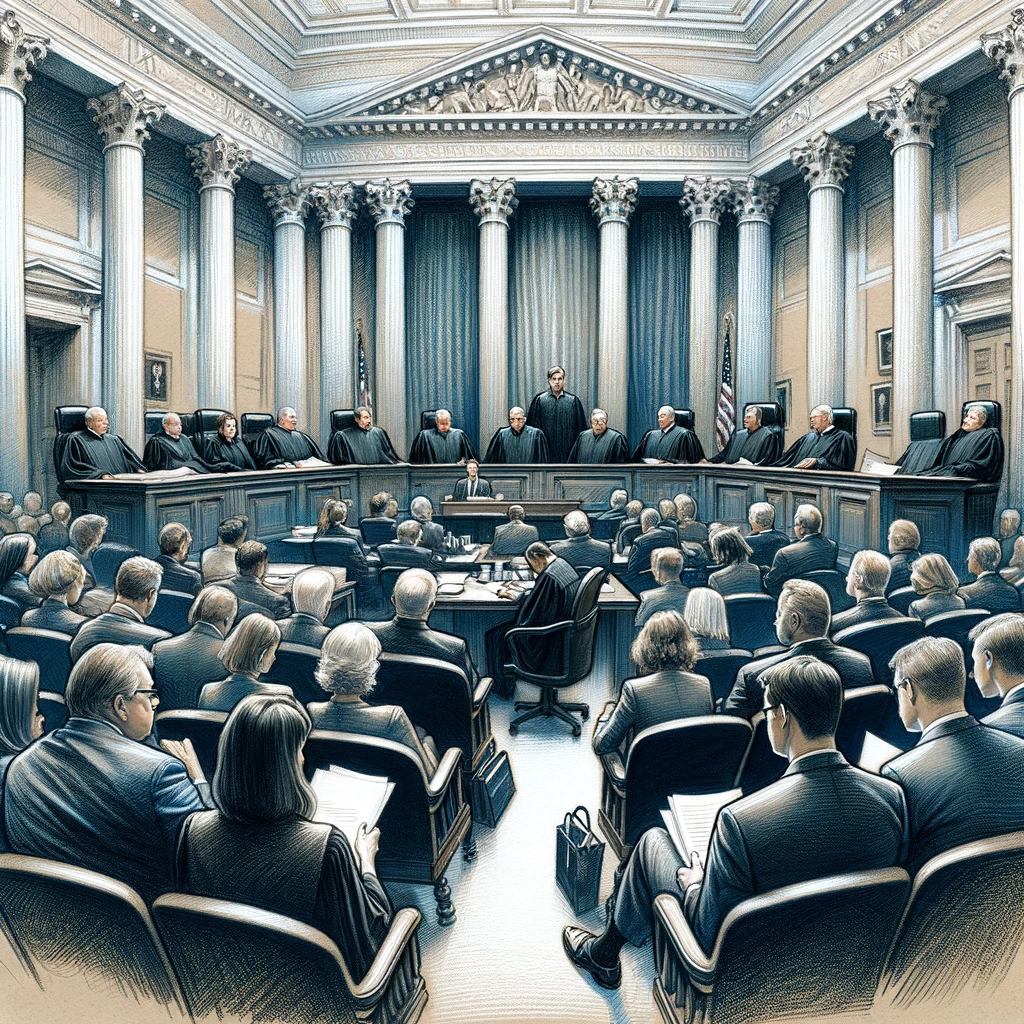Case Digest: Wilkins et al. v. United States

The Supreme Court in "Wilkins et al. v. United States" ruled that Section 2409a(g) of the Quiet Title Act, which sets a 12-year time bar for claims against the United States regarding real property, is a nonjurisdictional claims-processing rule, not a jurisdictional bar. This distinction impacts how legal claims can be processed and challenged in court.
Introduction:
This digest provides an overview of "Wilkins et al. v. United States," a Supreme Court case decided on March 28, 2023. It discusses the nature of the Quiet Title Act's time limitation and its classification, which has significant implications for property disputes involving the U.S. government.
Facts of the Case:
Larry Steven Wilkins and Jane Stanton, owning properties in rural Montana, disputed the public access included in a government-held easement on a bordering road. The government claimed that the easement granted public access, which was contested by the petitioners. In 2018, they sued under the Quiet Title Act, challenging the U.S. government's claim. The government argued that their claim was barred by the Act's 12-year time limit, a contention that became central to the case.
Issue of the Case:
The primary legal question was whether the 12-year time bar under Section 2409a(g) of the Quiet Title Act is a jurisdictional limit, impacting a court's ability to hear the case, or a nonjurisdictional claims-processing rule, influencing the procedures for litigation without affecting jurisdiction.
Ruling of the Case:
The Supreme Court ruled that Section 2409a(g) is a nonjurisdictional claims-processing rule. The decision focused on the nature of the time bar, distinguishing it from jurisdictional requirements and highlighting its role in orderly litigation rather than as a limit on court authority.
Impact on the Legal System:
This ruling clarifies the distinction between jurisdictional bars and claims-processing rules in the context of property claims against the U.S. government. It affects how such claims are treated, especially in terms of procedural requirements and the ability to challenge them in court.
Conclusion:
"Wilkins et al. v. United States" is significant for its clarification of the Quiet Title Act's time limitation as a procedural rule rather than a jurisdictional barrier. This distinction influences how legal challenges to government property claims are approached and processed in the U.S. legal system.

